Little by little, the fashion industry has made progressive strides in featuring various body types, shapes, and models of different ethnicities on the runway and in ad campaigns. In 2016, Christian Siriano was dubbed the most inclusive [1] of all fashion designers at Fashion Week [2], and models such as Charli Howard and Celementine Desseaux spearheaded a body-positive campaign called the All Woman Project [3]. Other industry celebs who contributed to the diversity conversation include Zac Posen, Iskra Lawrence, Kanye West [4], and brands such as Aerie and Victoria's Secret.
According to The Fashion Spot's diversity report [5], the Fall '16 and Spring '17 runways were even more diverse than previous seasons. Of the 120 Fall '16 shows at NYFW, 68.1 percent of the models cast were white and 31.9 percent were nonwhite. These numbers were better than Spring 2016, where models of color only accounted for 28.4 of castings.
Despite these strides, however, no plus-size models walked the Spring '17 runways [6] outside of NYFW, and of the top 13 most-booked models for Fall '16 campaigns, 11 were white. No one ever said change was fast (or easy). Last year we wrote about why the fashion industry needed to be more accepting in 2016 [7], so now we ask ourselves, "Was 2016 actually diverse?" Our answer? A solid "Yes. It was." Read on to see some fashion moments that gave us a glimpse at a more inclusive industry. We can only hope 2017 will be even more diverse and positive.
We Saw a Range of Diversity at New York Fashion Week
Kanye West [10] chose diverse black models for Yeezy Season 4. Although the designer received some heat for tweeting, "multiracial women only" during the open casting call, he later told Vogue [11], "How do you word the idea that you want all variations of black? How do you word that exactly?" The show ended up being racially and ethnically diverse, even featuring ladies of the moment Sofia Richie and Teyana Taylor.
Zac Posen featured 25 black models of his 33 on the Fall '16 runway
The inspiration behind his collection was, after all, Ugandan Princess Elizabeth of Toro [12]. He even emphasized how important it was to represent black models in the industry by toting a bag that read, "Black Models Matter."
Anniesa Hasibuan became the first designer to present a NYFW collection with hijabs. The Muslim designer was inspired by her hometown Jakarta [13] and sent models down the runway wearing hijabs with trousers, suits, and gowns. At the end of her show, she received a standing ovation and said, "This is my dream come true."
Christian Siriano, featured plus-size models on his runway for the first time at NYFW. For the Spring '17 collection, five plus-size ladies took to the stage and Christian credited his mom and sister [14] as his inspiration for the collection. You may also remember he dressed Leslie Jones [15] for her Ghostbusters premiere other designers refused to because of her size.
Chromat's Spring '17 runway included trans models, an amputee, and an activist. Models like Carmen Carrera and Iskra Lawrence graced the catwalk, and for Iskra, this was her first-ever runway show. The casting director, Gilleon Smith, revealed her support for the mix of women [16], saying, "Every season, the casting is a celebration of the Chromat world and all the inspirational women in it."
Stars and Brands Led Impactful Body-Positivity Campaigns
Lena Dunham and Jemima Kirke stripped down for a lingerie campaign. The two participated in New Zealand label Lonely's Lonely Girls Project [17], where the ladies were photographed wearing undergarments in their own homes. The striking campaign sought to bring attention to different body types. The images were also never photoshopped.
Models Charli Howard and Clementine Desseaux started the All Woman Project campaign. The aim is to show that all body shapes and ethnicities deserve to be represented in fashion and in the media [18]. Ladies such as Denise Bidot and Iskra Lawrence participated in the beautiful, candidly shot #IAmAllWoman ads.
Lane Bryant launched its This Body Campaign. The ads, which featured the likes of Ashley Graham and Precious Lee [19], drove home the idea that no matter what size or shape you are, your body is a powerful thing that deserves to be celebrated, loved, and dressed in the most stylish clothes.
Aerie tapped 19-year-old Wilhelmina model Barbie Ferreira for its #aerieREAL campaign
The stunningly refreshing ads [20] are not airbrushed — showing off the curves and beauty of a woman's body.
Plus-Size Models and Models of Color Weren't the Only Ones Represented in Fashion
Jillian Mercado, who has muscular dystrophy, was one of the models chosen to model Beyoncé's apparel [21] in March 2016. Jillian previously starred in ads for Diesel and Nordstrom and is now represented by IMG Models.
For its Spring/Summer '17 collection at New York Fashion Week, J.Crew didn't cast people who modeled for a living to show the clothes. Instead, the brand tapped friends and families, ages 13 to 70, to be models for the day. The ensemble consisted of artists, teachers, bartenders, athletes, and even kids.
Brands Like Victoria's Secret Became More Inclusive
20-year-old Zuri Tibby became the first black spokesmodel for Victoria's Secret. She joins the ranks [22] of past VS Pink stars such as Behati Prinsloo and Elsa Hosk.
Jasmine Tookes will become the the third black woman in VS history to wear the Fantasy Bra. In an interview, she said, "it means the world to me," on being chosen to wear the $3 million jeweled bra. Jasmine follows in the footsteps [23] of Tyra Banks [24] and Selita Ebanks, who wore the Fantasy Bras in 1997 and 2007, respectively. "My dream was always to, first of all, be on the Victoria's Secret runway, and then to be an Angel. And now to be able to wear the bra, I never in a million years thought I would get this opportunity. I’m shocked. I pinch myself every morning," Jasmine said.
Models Made Clear Statements About Body Diversity and Inner Confidence
Iskra Lawrence on diversity in fashion [25]: "What I love is that someone who's never seen themselves in the media or in a magazine before can now go online and find inspiration from women that she relates to. Maybe it's someone she looks like or maybe it's someone she shares a niche style with. That's what fashion is. It's the celebration of you and how you want to express yourself."
View this post on Instagram
[26]
A post shared by Iskra Lawrence (@iskra) [27]
Candice Huffine on the future of plus-size fashion [28]: "I think the reason we haven’t let go of the labels is because we haven’t come up with a better solution. And once department stores and shops can figure out a way to blend things that makes sense for the consumer, that’s going to be a great thing. It’s just a matter coming up with the best solution and doing [it], really, because a girl who is a size 14 has friends who are a 6, and they definitely want to shop together. That day is coming. I think women are only just so vocal recently and have the platforms to be vocal on, and it’s helpful because it gets the brands, the stores, and everyone listening."
Gigi Hadid on how she maintains a body-positive mantra [29]: "I grew up as an athlete, so I was very proud and very understanding of my curves, which I think a lot of teenagers aren't sometimes. So when I had those muscles, I knew the hard work that came with them."
Precious Lee on the one myth about curvy models [30]: "I think that a lot of times people are so used to seeing models that are a size 2 or 0, [they] automatically assume you're not working as much. All of my friends that are plus-size models are so in shape — they work out all the time. Just because we're larger doesn't mean that we're unhealthy."
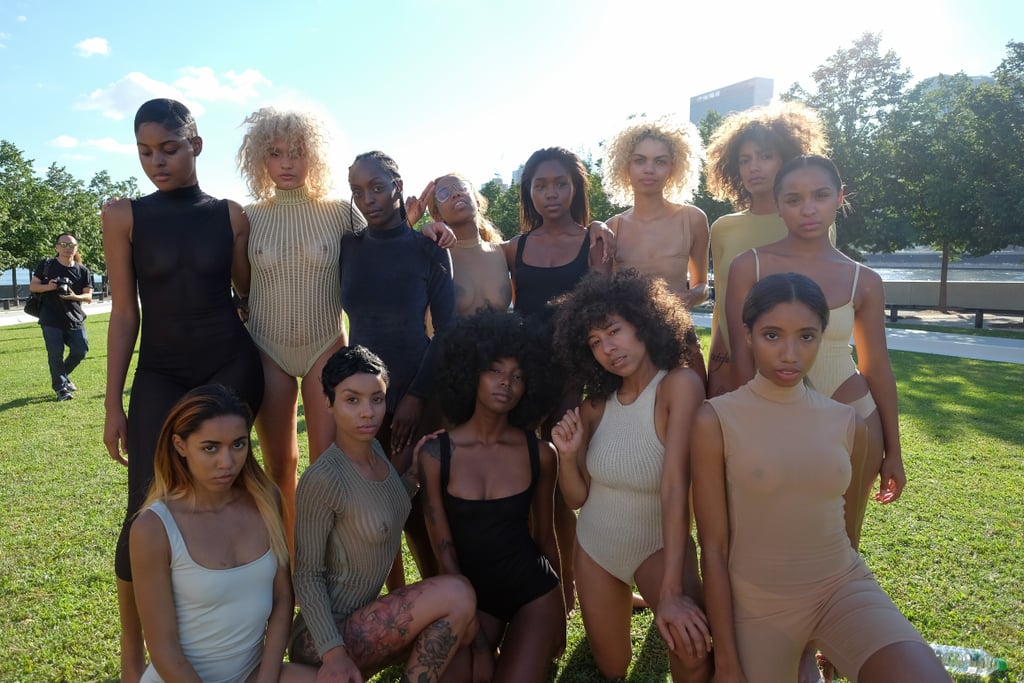
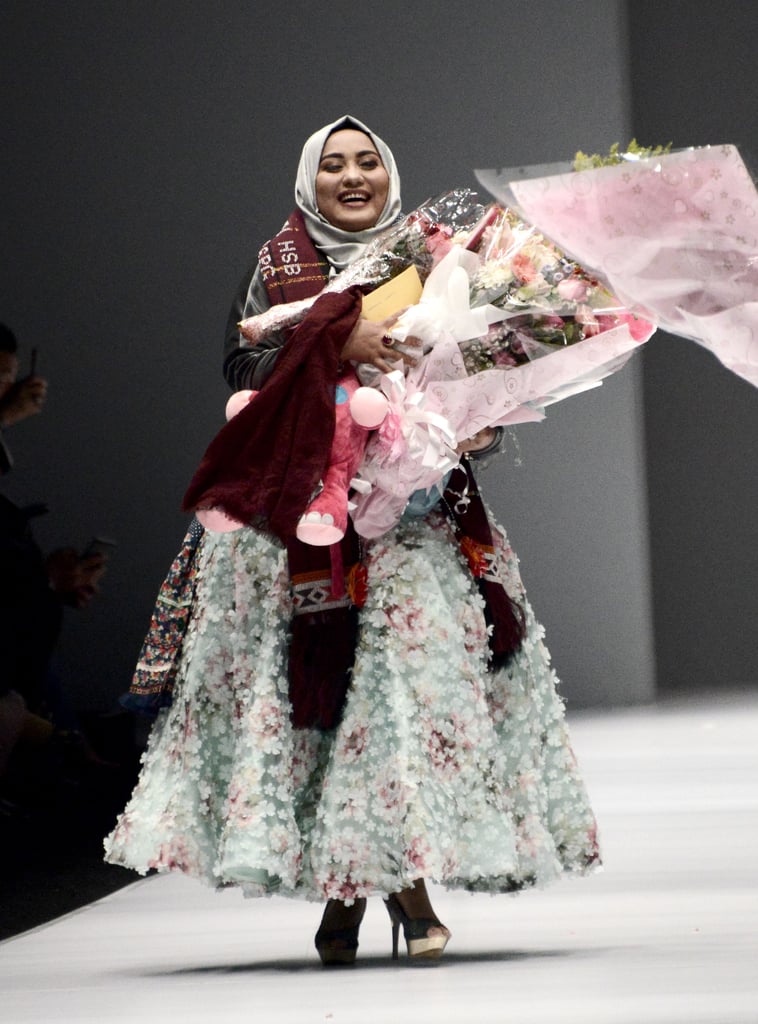
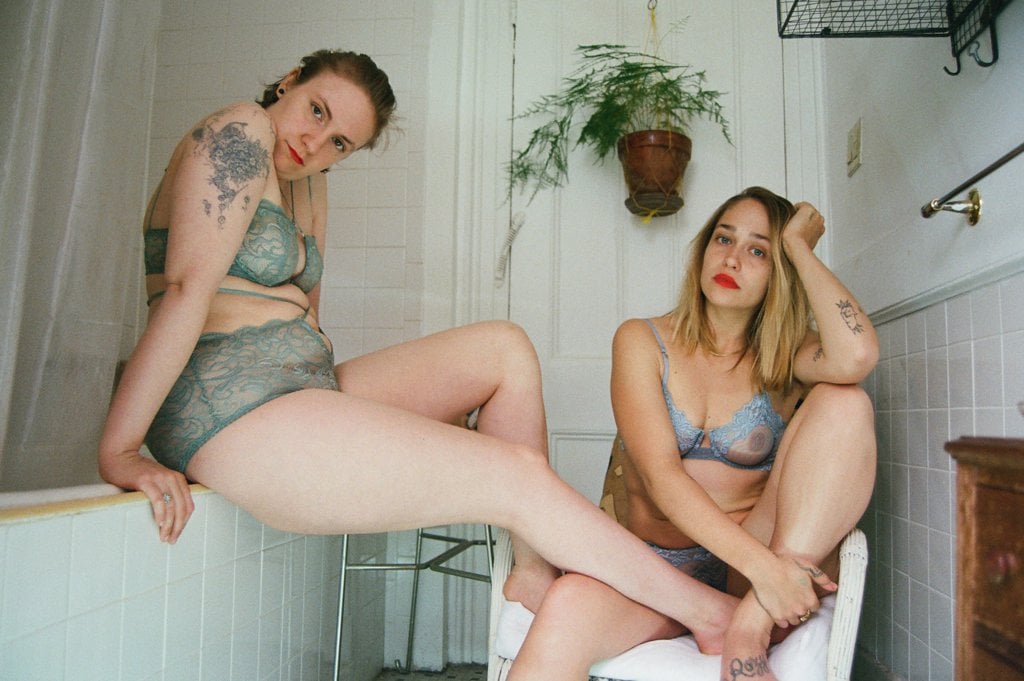
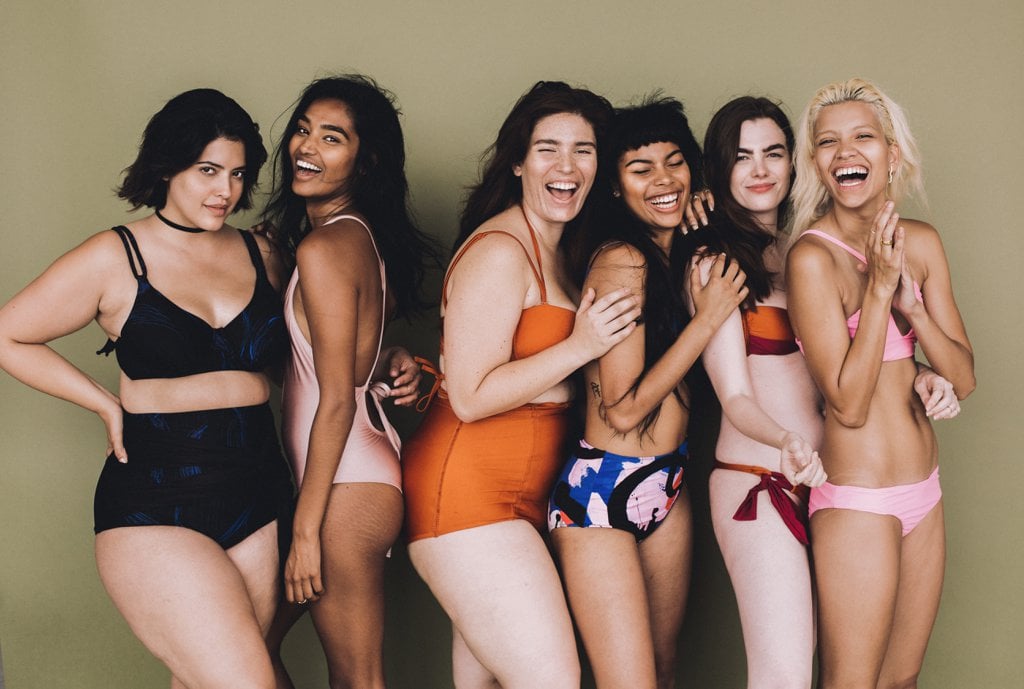
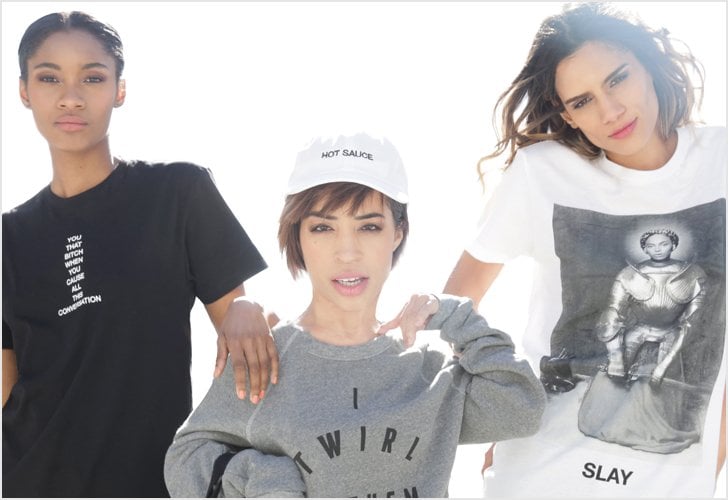
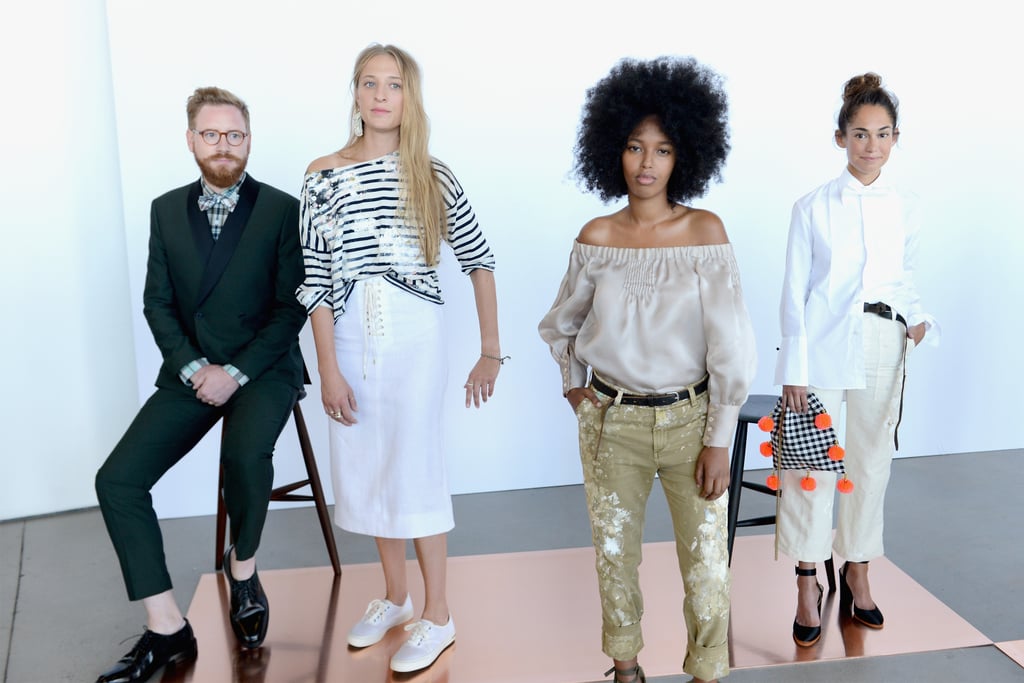
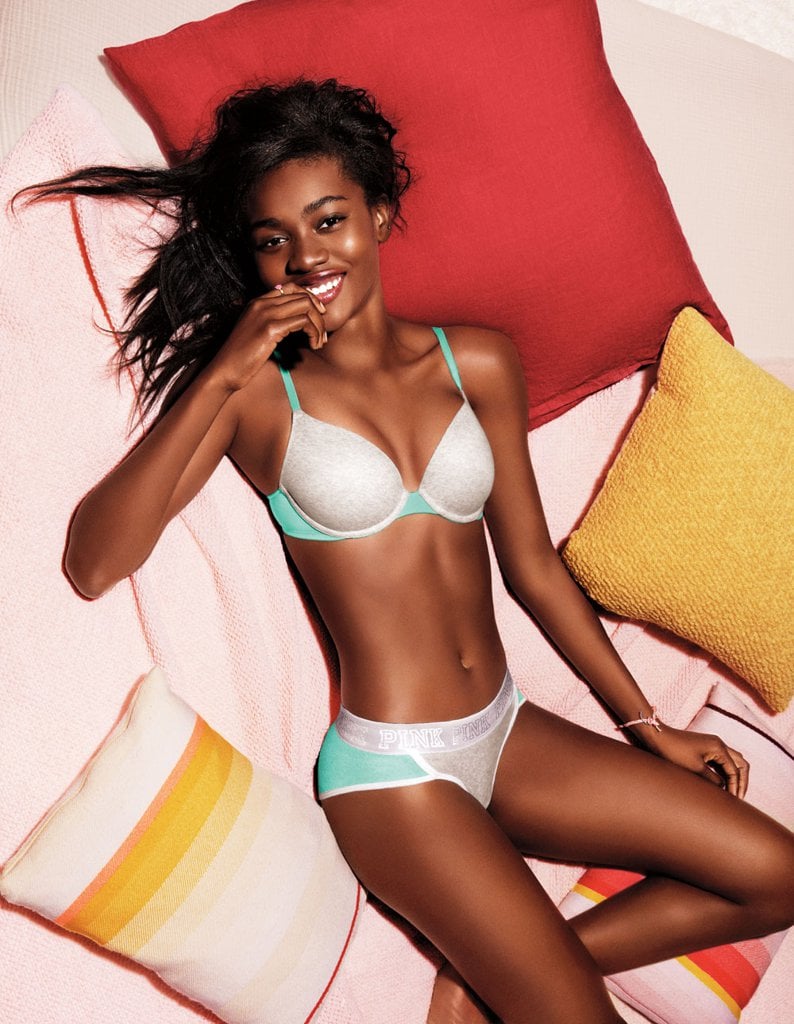
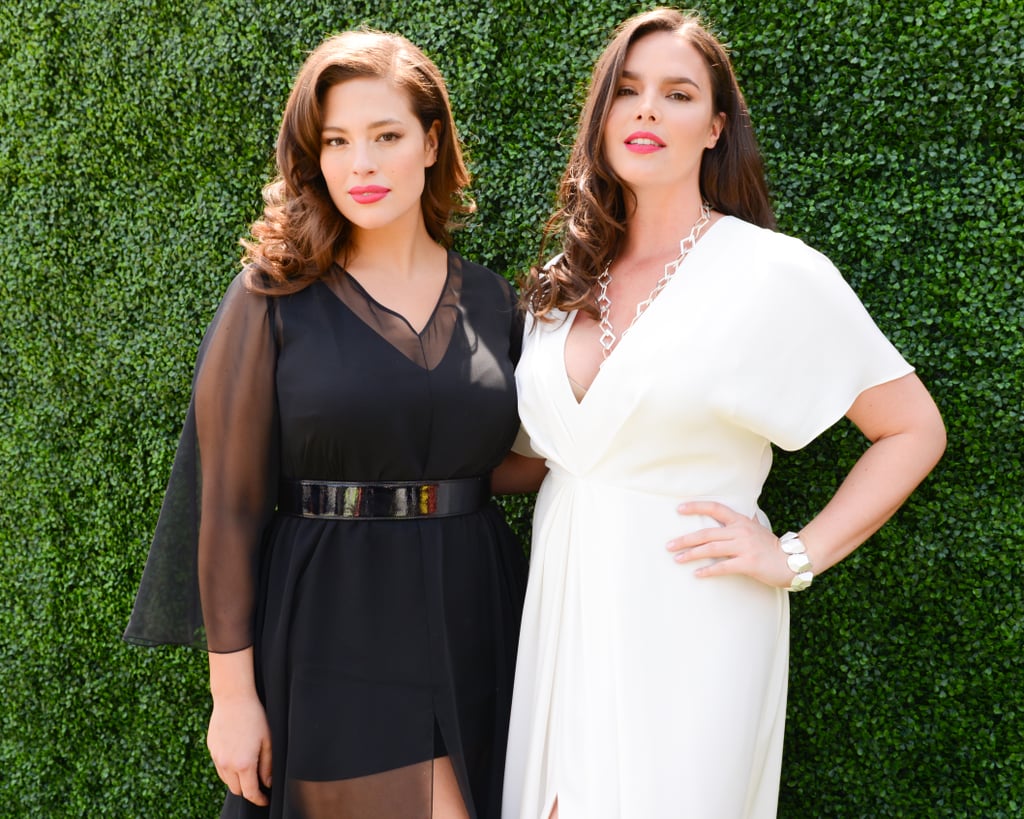
![Precious Lee on the one myth about curvy models: "I think that a lot of times people are so used to seeing models that are a size 2 or 0, [they] automatically assume you're not working as much. All of my friends that are plus-size models are so in shape — they work out all the time. Just because we're larger doesn't mean that we're unhealthy." Precious Lee on the one myth about curvy models: "I think that a lot of times people are so used to seeing models that are a size 2 or 0, [they] automatically assume you're not working as much. All of my friends that are plus-size models are so in shape — they work out all the time. Just because we're larger doesn't mean that we're unhealthy."](https://media1.popsugar-assets.com/files/thumbor/vUAAf__H7IUn9YLTPD8prJJ4Q5c/fit-in/1024x1024/filters:format_auto-!!-:strip_icc-!!-/2016/11/28/730/n/1922564/972dea249a328f4a_Who-Precious-Lee_2/i/Precious-Lee-one-myth-about-curvy-models-I-think-lot.jpg)